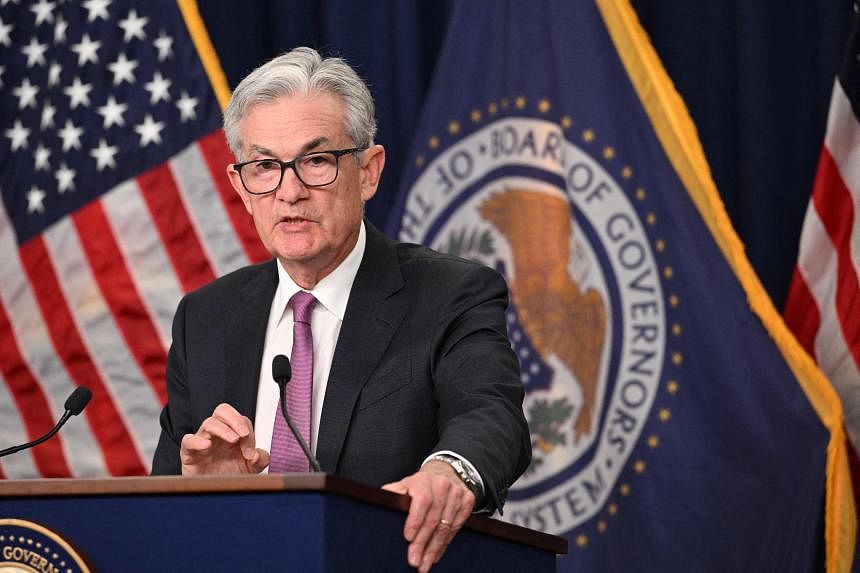
The Federal Reserve, the US central bank, increased interest rates by another 75 basis points on Wednesday, as anticipated, in an effort to slow down persistent inflation. The decision was expected because inflation is still high despite prior rate increases. The Fed raised the rate by a comparable number of percentage points on September 21.
At 8.2% in September, the inflation rate exceeded the Federal Reserve’s target by more than four times

A number of factors have combined to cause the US to experience the highest inflation in decades. At 8.2% in September, the inflation rate exceeded the Federal Reserve’s target by more than four times. Jerome Powell, the chairman of the Federal Reserve, stated in September that he was steadfastly dedicated to reducing inflation back to 2%.
Federal Open Market Committee, the Fed’s rate-setting body, stated that recent data suggested a modest rise in spending and production. It claimed that recent job growth had been strong and the unemployment rate had stayed low.
“Inflation remains elevated, reflecting supply and demand imbalances related to the pandemic, higher food and energy prices, and broader price pressures,” the Fed said.
Russia’s war against Ukraine is causing a severe financial crisis
The war and accompanying events are pushing inflation even higher and dragging on global economic activity, the committee continued, adding that Russia’s war against Ukraine is causing a severe financial crisis.
The committee stated that it seeks to achieve maximum employment and inflation at the rate of 2 percent over the longer run. “In support of these goals, the Committee decided to raise the target range for the federal funds rate to 3-3/4 to 4 percent,” it said.
The fourth consecutive rate increase was made today, but there is still little sign that inflation is declining as quickly as the Fed had hoped. There is now concern that the country may enter a recession as a result of the ongoing rate increases.
The Globe Bank stated in September that the world may be creeping toward a global recession in 2023 and a spate of financial crises in emerging markets and developing economies as central banks around the world raise interest rates in reaction to inflation.






